Few things are more unsettling than seeing your check engine light illuminate on the dashboard. This tiny amber-colored indicator can mean any number of things, some minor and some potentially serious. The check engine light is part of your vehicle’s onboard diagnostics system, and it can illuminate for a variety of reasons related to the engine or emissions control systems.
While the glowing light can be unnerving, try not to panic. In most cases, having the check engine light come on doesn’t mean your vehicle is on the verge of complete breakdown. However, it is a signal that you should get the issue diagnosed and repaired as soon as possible, as ignoring it could lead to bigger problems down the road.
So what are some of the most common culprits that trigger the check engine light? Let’s take an in-depth look:
Loose or Faulty Gas Cap
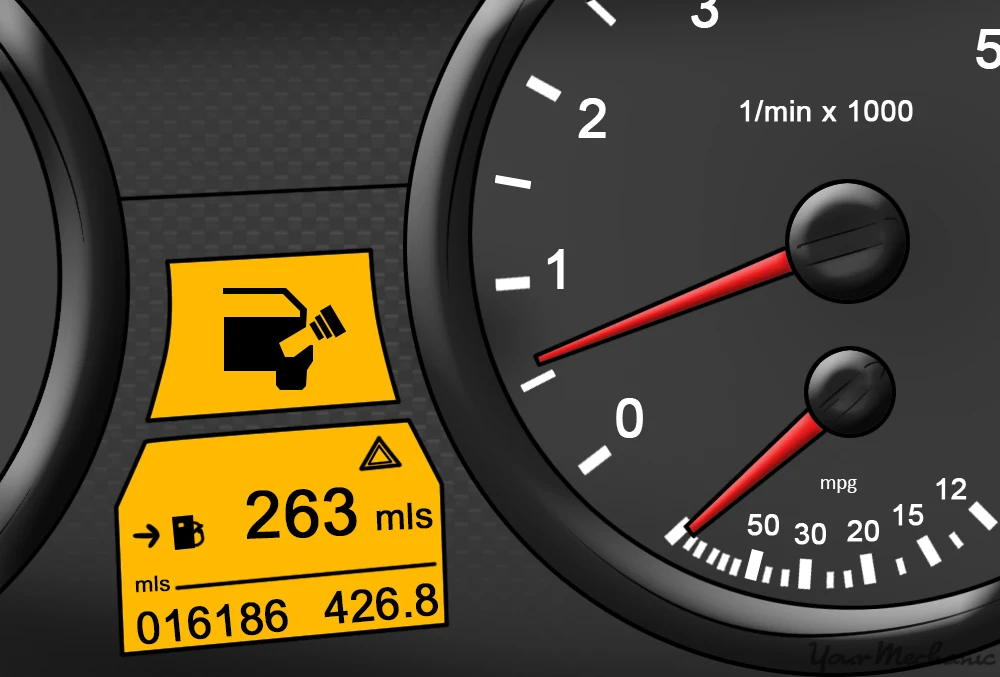
This one might seem simple, but it is a very common reason for the check engine light to illuminate. Your gas cap plays an important role in maintaining the right pressure levels in the fuel tank system. If the gas cap is loose, cracked, or missing altogether, it can allow fuel vapors to escape and trigger the check engine light.
Failing Oxygen Sensor
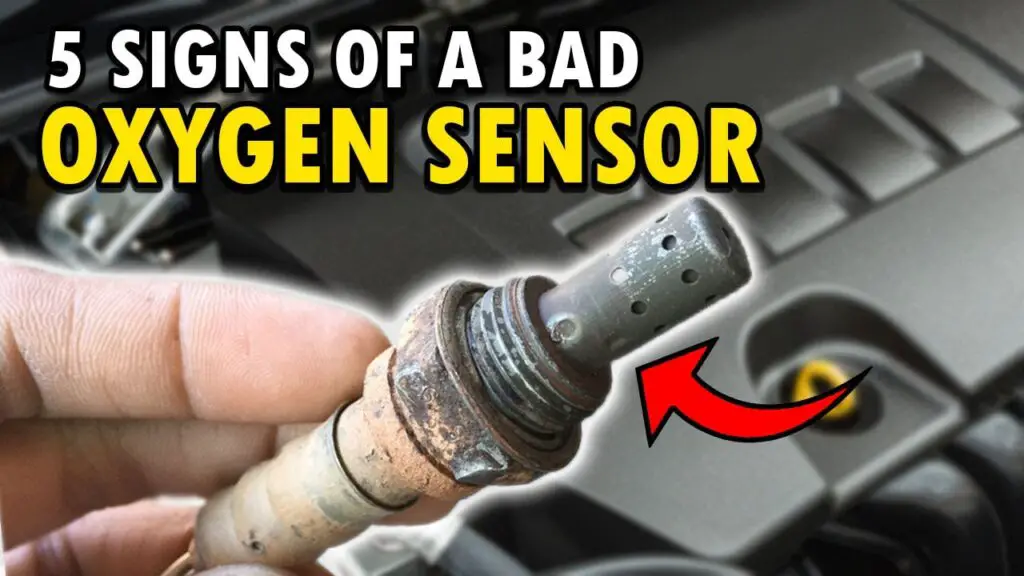
The oxygen sensor monitors the air/fuel mixture under the hood. A failing O2 sensor can impair this monitoring, causing the engine computer to lose track of the right ratio and triggering the check engine light. Driving with a bad oxygen sensor can significantly reduce gas mileage and eventually lead to costly catalytic converter issues.
Catalytic Converter Issues
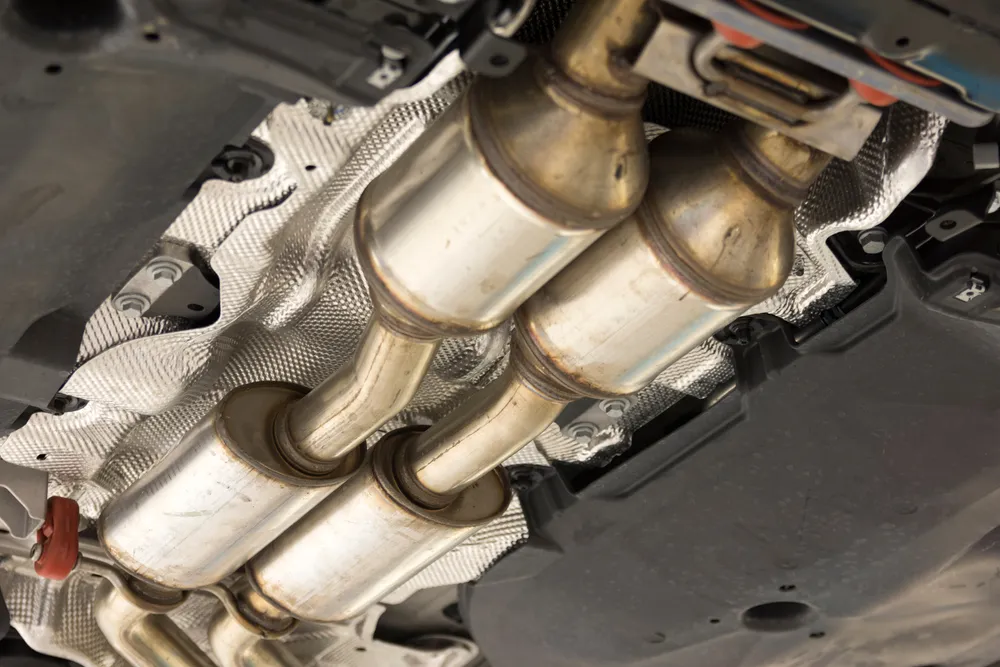
Speaking of catalytic converters, they are a key part of your vehicle’s emissions control system. The catalytic converter works to reduce harmful pollutants in the exhaust gases before they exit the tailpipe. A clogged or otherwise failing catalytic converter can prevent this process, triggering the check engine light. Replacing a bad catalytic converter tends to be quite expensive.
Spark Plug or Coil Problems
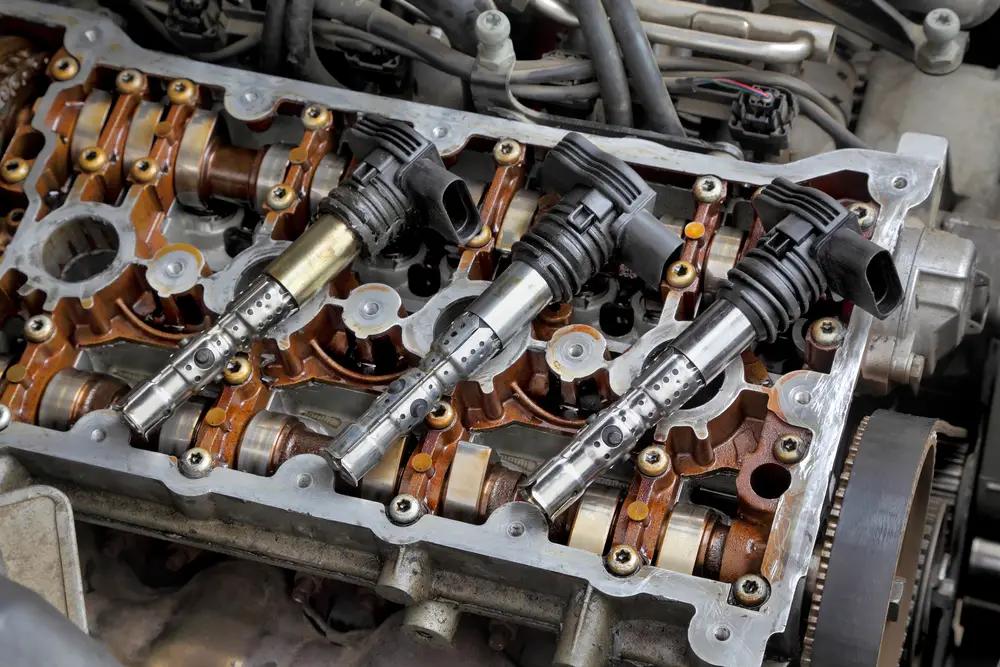
The spark plugs provide the spark that ignites the air/fuel mixture to power your engine. Spark plug wires deliver the spark from the ignition coil to each spark plug. Worn spark plugs or damaged spark plug wires can interfere with proper ignition and cause performance issues that turn on the check engine light. Spark plugs require routine replacement, while bad coils and wires may need to be replaced as well.
Mass Airflow Sensor Troubles
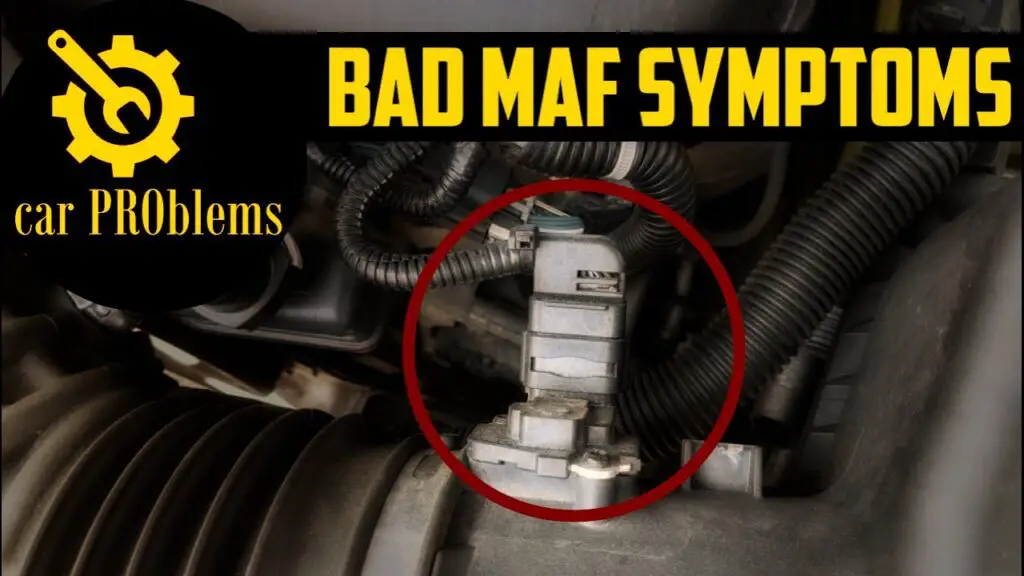
The mass airflow (MAF) sensor monitors the air intake to the engine, allowing the computer to calculate and deliver the proper amount of fuel for ideal air/fuel ratio.
If the MAF sensor becomes contaminated or experiences electrical issues, it can throw off the air/fuel calculations and illuminate the check engine light. Replacing a faulty MAF sensor tends to resolve these types of issues.
Also Read:
- Resetting Your Car’s Computer After a Battery Change: What You Need to Know
- How Long Does It Take to Change Brake Pads?
- The Real Cost of Transmission Service in the United States
- The Complete DIY Guide to Changing Your Transmission Oil
Of course, these represent just a few of the potential reasons your check engine light may come on. Other possibilities include problems with the emissions control systems, ignition system faults, sensor issues, computer issues and more. The only way to know for sure is to have the trouble codes read by a professional technician.
Conclusion
Many auto parts stores can scan for codes for free, providing you with the specific fault codes so you know what system is being affected. Armed with the codes, you and your mechanic can decide on the next steps for diagnosis and repair.
While the check engine light is certainly an unwelcome sight, it’s a useful warning system that allows you to get ahead of problems before they potentially cause drivability concerns or widespread damage.

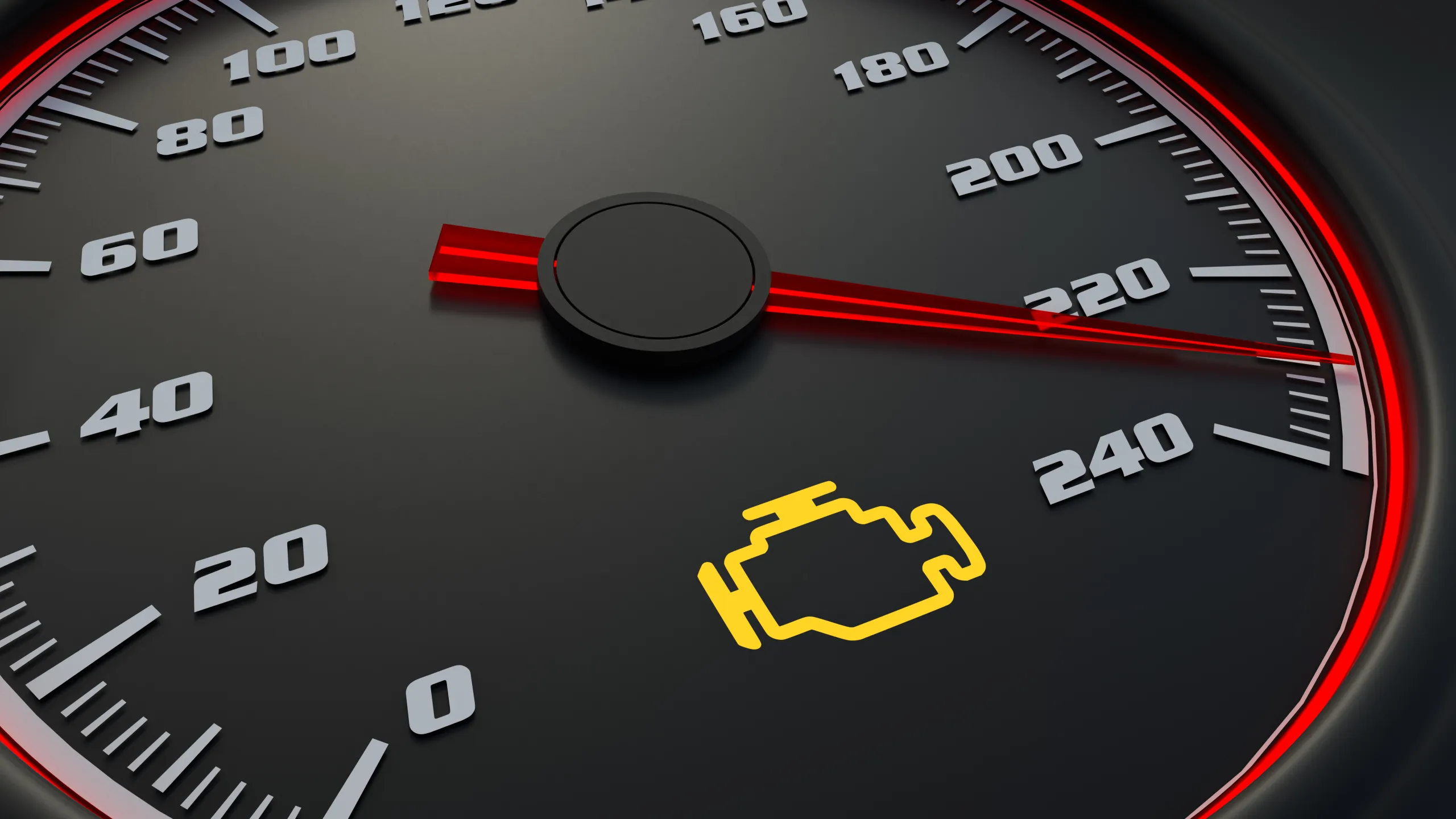
[…] What is the Check Engine Light and Why is it On? […]
[…] What is the Check Engine Light and Why is it On? […]
[…] What is the Check Engine Light and Why is it On? […]